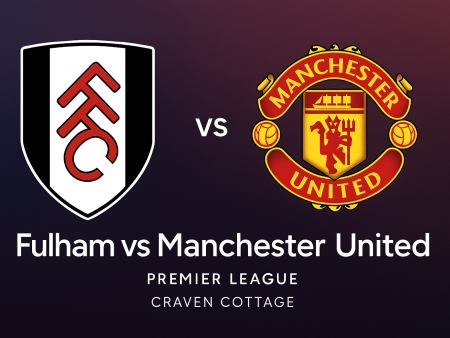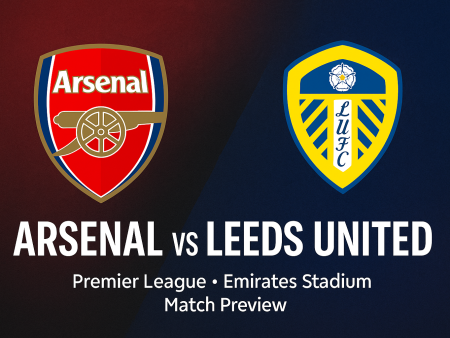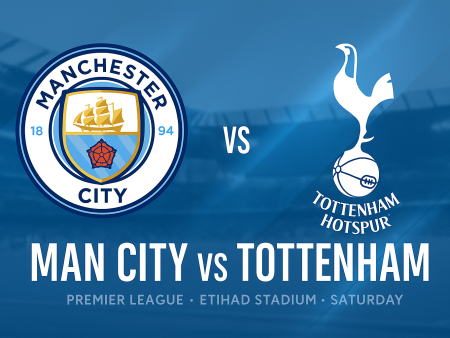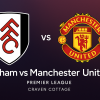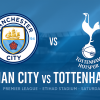The Evolution of the Goalkeeper: Building Play from the Back
In recent years, the role of the goalkeeper in football has undergone a significant transformation. No longer confined to merely shot-stopping, modern keepers are increasingly involved in their team’s possession phases, often stepping well outside their traditional territory to influence play. This tactical development has seen goalkeepers become pivotal in teams’ build-up strategies, with standout examples at elite clubs across Europe.
Reimagining the Sweeper Keeper Concept
The 2014 World Cup cemented Manuel Neuer’s reputation as a revolutionary “sweeper keeper.” Renowned for his proactive style, Neuer frequently left his goal line to intercept passes and tidy up behind Germany’s defensive high line. This was a clear break from the norm, but the trend hasn’t stopped there—instead, the sweeper keeper concept has evolved.
In today’s tactical setups, goalkeepers are sometimes tasked with operating almost as an extra defender or libero. One of the best illustrations comes from Ederson at Manchester City. With technical ability and passing range befitting a midfielder—indeed, he played in midfield during his youth—Ederson regularly joins City’s line of defense in possession. This not only creates a numerical advantage but also places one of the team’s best distributors in a central area from which to launch attacks. During a recent league match against Arsenal, Ederson was often seen beside centre-back Aymeric Laporte, while the rest of City’s defense stretched the pitch. This positioning allowed City to beat the press efficiently and provided immediate options for switching the point of attack.
How Goalkeepers Shape Modern Build-up Play
The evolution of the goalkeeper extends beyond the top clubs. Brighton & Hove Albion, under Graham Potter, utilize Robert Sanchez in a similar fashion during their build-up phases. In specific situations, rather than forcing play through congested areas, Brighton’s outfield players will recycle the ball back to Sanchez, who exploits the space ahead of him to progress the play.
This tactical shift significantly complicates opposition pressing schemes. Since each team has ten outfield players, a pressing team may attempt to match up man-to-man. However, involving the goalkeeper creates an eleventh passing option—one who is often left unmarked. This frees up teammates and allows for greater fluidity and spatial control. The result is an efficient build-up, with more passing angles and increased security in both wide and central areas.
Key advantages of involving the goalkeeper in build-up play include:
– Numerical superiority against the opponent’s press
– More options to progress the ball safely
– The ability to switch play rapidly by using a deep-lying distributor
– Enhanced control of transitions from defense to attack
The Risks Involved in Goalkeeper Participation
While the tactical benefits are enticing, this approach carries inherent risks. When the goalkeeper moves high and wide of his penalty area, a misplaced pass or turnover can leave the goal completely exposed. Quick transitions by the opposition can prove catastrophic if the structure isn’t secure.
For that reason, this progressive approach is most effective—and safest—for teams that are both composed on the ball and well-drilled in possession, such as Liverpool, Manchester City, Brighton, and Bayern Munich. These sides not only possess goalkeepers with excellent technical skill, but also outfield players who are comfortable under pressure and tactically disciplined. For teams lacking these attributes, attempting such build-up patterns can result in costly mistakes.
Key risk factors to consider include:
– Goalkeeper being caught out of position after a turnover
– Increased vulnerability to quick counter-attacks
– Required high technical proficiency from all players involved
The Future of Goalkeeping in Tactical Systems
As football tactics continue to progress, the modern goalkeeper’s toolkit has expanded far beyond traditional expectations. Players like Ederson and Sanchez have showcased how keepers can become integral playmakers, often dictating the tempo from deep positions. Their ability to deliver pinpoint passes, offer an extra number in possession, and stretch the opposition’s structure highlights the tactical edge this innovation provides.
While the approach requires a collective commitment to possession-based football and carries potential pitfalls, it reflects the ongoing evolution of the sport. As more teams invest in technically skilled goalkeepers and emphasize building from the back, the “sweeper keeper” is likely to become not just a specialist position but a key requirement for top-level football.
Summary
The transformation of the goalkeeper from a solitary last line of defense to a critical participant in team build-up has reshaped the modern game. With teams like Manchester City and Brighton setting new benchmarks for goalkeeper involvement, the tactical landscape continues to shift. The integration of the goalkeeper into possession play offers strategic superiority—but demands skill, awareness, and collective understanding. As football evolves, expect the influential keeper to become a defining feature of elite teams’ playing philosophy.

